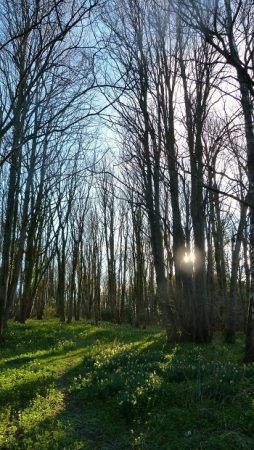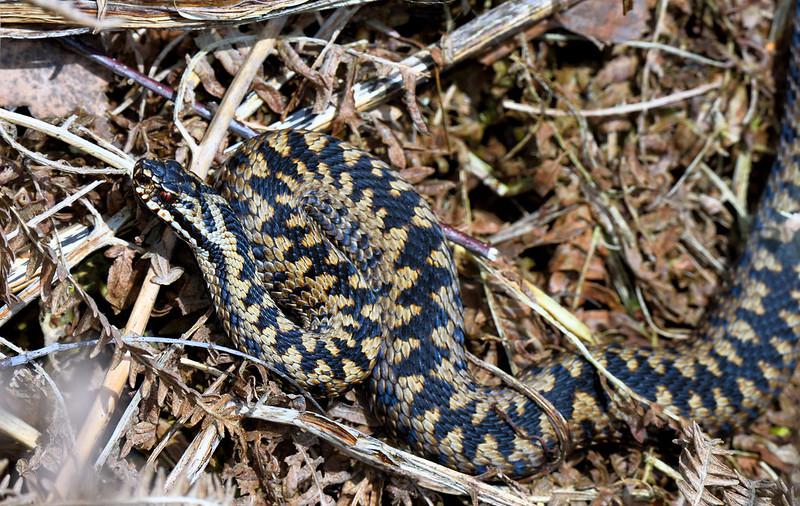Woodland Regeneration

The south-west coast of Scotland runs alongside the Firth of Clyde and is known for its sandy beaches, beautiful countryside and dramatic coastal scenery. Amongst this picturesque landscape, there is a small nature reserve called Shewalton Wood. The reserve lies on the coast, just south of the town of Irvine and is owned and managed by the Scottish Wildlife Trust. On offer is a great mixture of grassland, woodland and wetland which not only makes Shewalton Wood interesting to visit, but also provides a range of different habitats for wildlife.
The area covers about 300 acres and there are over 3 miles of footpaths across the reserve, making it easy to navigate and suitable for visitors of all abilities. With the reserve lying on the coast, it’s a short distance from several beaches which can provide gorgeous views out over the Firth of Clyde towards the Isle of Arran. This brings the added opportunity of seeing coastal wildlife, on top of the range of terrestrial species that live in the wood itself. The area is an important site for woodland regeneration projects, with efforts being made to encourage the growth of native tree species. It’s therefore a wonderful spot to enjoy the charms of Scotland’s native woodland while also taking in the local animal life.
Venomous Residents
With south-west Scotland being blessed with slightly warmer temperatures than other parts of the country, one group of animals benefits greatly. Reptiles can’t regulate their own body temperature and so have to rely on the warmth of the sun for energy. For this reason, Scotland is not the best place in the world for reptile species, however a few hardy species can still be found here and Shewalton Wood is an ideal place to see them. The European Viper – commonly known as the Adder – is the most notable reptile present on the reserve and is the only venomous snake found in the British Isles.
There’s no need to be afraid of this animal, despite its venom. Adders are not considered to be particularly dangerous and will only bite if they feel threatened. If you do come across one, simply admire its beautiful markings from a distance. Adders tend to be most active during the morning and will often be seen basking in the sun on paths or warm areas of undergrowth. They hibernate in winter but are widely active during the spring and summer months. Adders are predatory reptiles that feed mostly on small mammals and birds, using their venom to subdue their prey. Top tip for seeing Adders in Shewalton Wood: visit on a warm, sunny morning during summer.

Wings and Scales
Along with Adders, the Common Lizard is another reptile species that can be found in the forests and grasslands around Shewalton Wood. They are more commonly sighted than the Adders and will often be seen scurrying into the undergrowth in front of you. Again, warm days in spring and summer are the best times to spot this species. Many other types of wildlife can be seen on the reserve, aside from the reptile inhabitants. The forest is a perfect habitat for a variety of bat species. These animals can be seen around sunset – mostly during summer – where they use the warm evenings to make the most of the abundant insect life.
Shewalton Wood is also great for birdwatching. Keep an eye out for Treecreepers and Woodpeckers, for which the forest areas on the reserve are perfect. Also in the area are a variety of birds of prey, including Tawny Owls, Sparrowhawks and Buzzards. The area is popular among summer migrants such as swallows and martins too, and these species are always guaranteed to be fun to watch. With the coastline not being too far from the woodland itself, marine wildlife is another highlight. Seals and porpoises are common just off the shoreline, as well as a variety of seabirds. During summer, the sounds of Curlews will ring out across the coast and hearing this can be a real highlight. Shewalton Wood and the surrounding area is therefore a great place to visit and combines marine wildlife with terrestrial species that are hard to see elsewhere.
